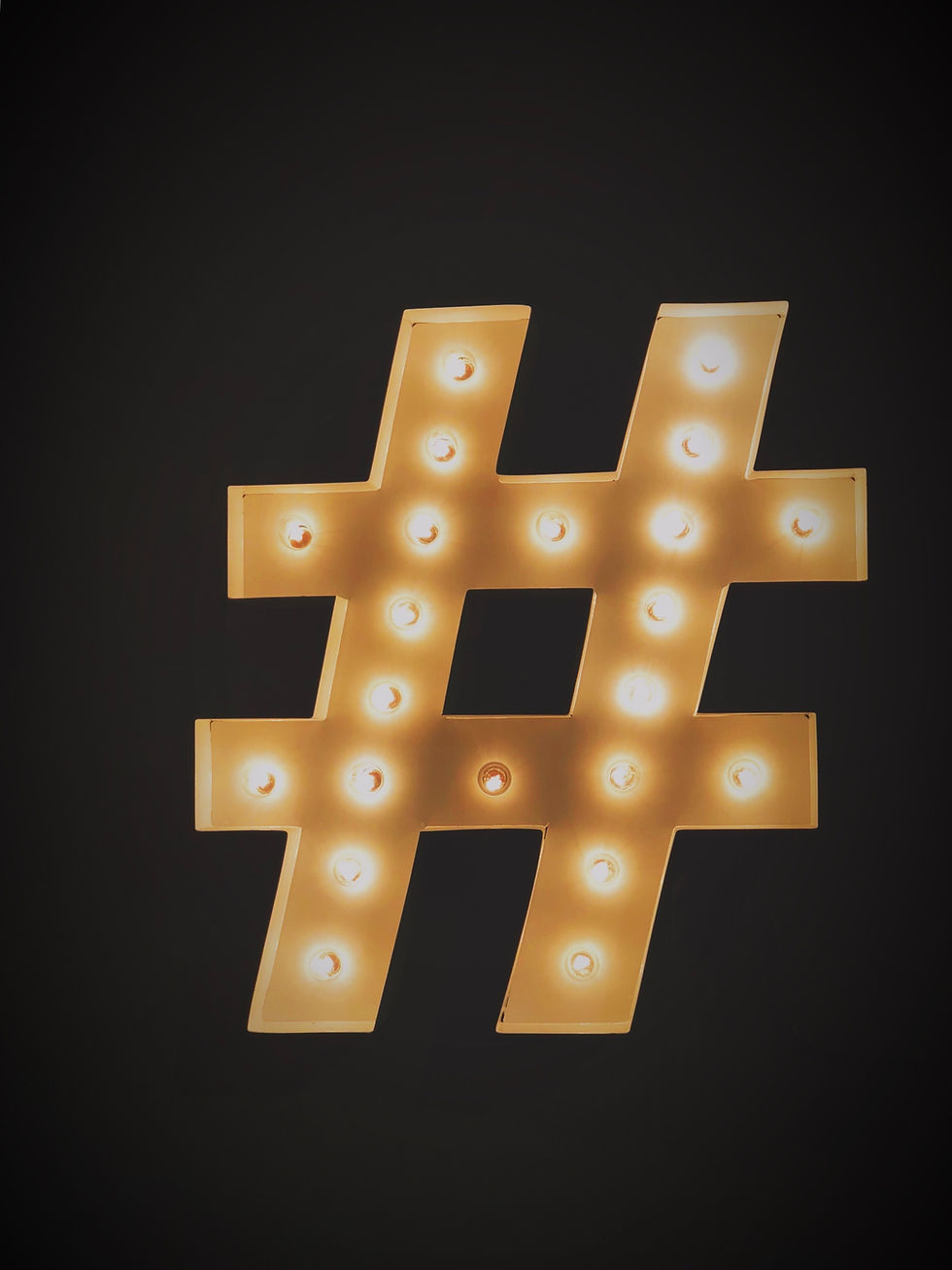An Ape’s Reasoning for Micro-Influencer Marketing: Why It Works
- Yogesh Jain
- Aug 1, 2018
- 3 min read
Updated: Sep 19, 2024
Hi, am I human, an evolved ape, or just a monkey? You might be laughing, but the joke's on all of us because we're all a bit like monkeys.
We tend to imitate others' behavior, whether it is yawning, smiling, or scratching an itch. This instinct comes from mirror neurons in our brains, which activate when we see others perform actions. You have probably experienced this while reading, you may have yawned or smiled. This natural tendency to imitate is where the phrase "monkey see, monkey do" comes from.
But what does this have to do with influencer marketing? Why do some marketing strategies succeed while others fail? And how do micro-influencers manage to outperform celebrities with millions of followers when it comes to influencing buying decisions? The answer lies in our brains.
A survey by Collective Bias found that 70 percent of millennial consumers are influenced by peer recommendations. This makes sense, even before buying an electronic gadget, many of us read reviews online.
A Shift in Mindset
Before the internet, we mostly took recommendations from people we knew. Now, we trust reviews from strangers online. In the past, we admired celebrities and trusted their endorsements. However, today's consumers have become skeptical of ads and fake promotions. Only 3 percent of consumers are influenced by celebrity endorsements when making purchasing decisions.
The truth is, we have always disliked advertisements. We like to think we make our own choices. When we realized that celebrity endorsements were often unauthentic, we stopped trusting them. Now, brands need to be more authentic, which brings us to the current trend of micro-influencer marketing.
Why Micro-Influencer Marketing Works
In micro-influencer marketing, brands collaborate with social media users who have a smaller but highly engaged following, often on platforms like Instagram. Brands leverage the influencer's audience to create buzz. This strategy works for two main reasons:
Not every brand can afford a celebrity like Kim Kardashian.
Micro-influencer marketing often works better than celebrity endorsements.
We tend to imitate those who are like us, but we do not see celebrities as relatable. They seem out of reach, and we know they often do not use the products they endorse. Micro-influencers, on the other hand, appear more genuine. They usually operate within a niche that aligns with the products they promote, making their endorsements seem authentic and trustworthy.
Success Stories in Micro-Influencer Marketing
Let's look at some brands that have successfully used micro-influencer marketing:
1. Sperry
The boat shoe brand Sperry ran a campaign in 2016 involving over 100 micro-influencers. These were not just random individuals, they were loyal fans of the brand. Sperry identified social media users who were already sharing high-quality photos of their products and invited them to create content for Sperry's official Instagram account.
This collaboration was a win-win. Influencers like Slava Daniliuk (@slavatheshrimp) gained exposure, while Sperry received authentic publicity.
2. GAP
GAP's Styld.by campaign became a massive success on Instagram with the hashtag #Styldby. Influencers like Refinery29 and WhoWhatWear showcased how GAP fit into their wardrobes.
They even allowed users to "Shop this Look" directly from posts. The diversity of influencers helped GAP target a wide audience and create a trending fashion statement.
When Micro-Influencer Marketing Fails
Not every micro-influencer campaign is a success. Sometimes, brands choose the wrong influencer, which can lead to failure.
Example: Volvo and Chriselle Lim
Volvo partnered with fashion influencer Chriselle Lim on Instagram. While she is known for her lifestyle and fashion content, cars were not a part of her usual posts. Her audience sensed the disconnect, and the partnership seemed inauthentic. As a result, her followers criticized the campaign, showing that she was not the right fit for Volvo. The lesson here is clear: choosing the wrong influencer can hurt your brand.
Conclusion
Micro-influencer marketing taps into our natural tendency to imitate those we relate to. Unlike celebrity endorsements, micro-influencers feel more authentic and approachable. By understanding this psychology, brands can create more effective and engaging campaigns.







Comments